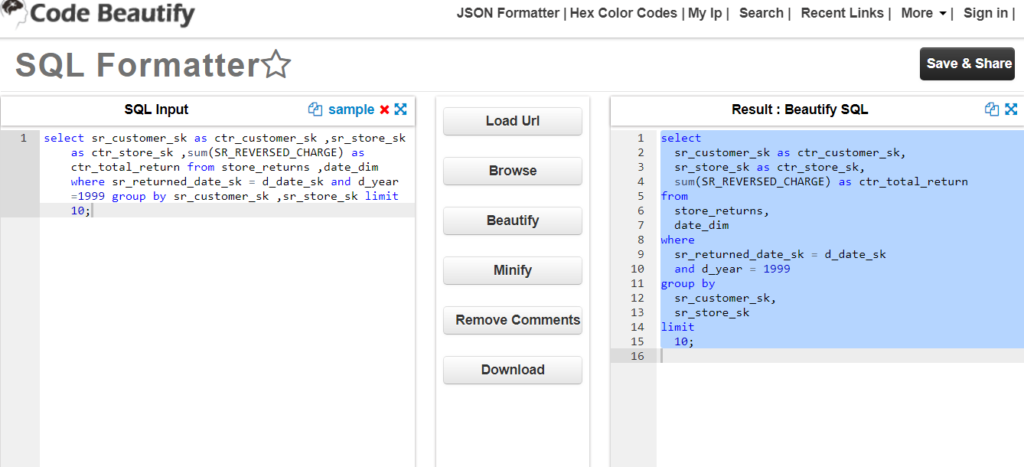

Also, single queries can be very long, so being able to jump around them where there are not going to necessarily be other cues can be important. So I'm not reading things nearly as linearly to understand a single logical statement like I would to understand say, a well written function. and finally I want to see what's being selected. Next I want the WHERE clause and its predicates. When keywords are uppercase, scanning the page for where in the statement to start my reading is much easier. If I get a complex SQL query to analyze, the first thing I do is not look for the SELECT clause (I'll usually have some sense of that before I start), but rather the FROM clause including it's JOINs and such. Each "logical line" may be spread out over one or even several on-screen lines, but it's fairly easy to see the whole logical line and understand it at a glance.

At least within functions/methods and then you usually have indentation to help with understanding boundaries. In most other languages you can read the statements fairly linearly, one statement leads to the next, and to the next, etc.

First, I'm sure mere inertia plays a role, but there are practical reasons as well if you're writing more than trivial SQL queries.


 0 kommentar(er)
0 kommentar(er)
